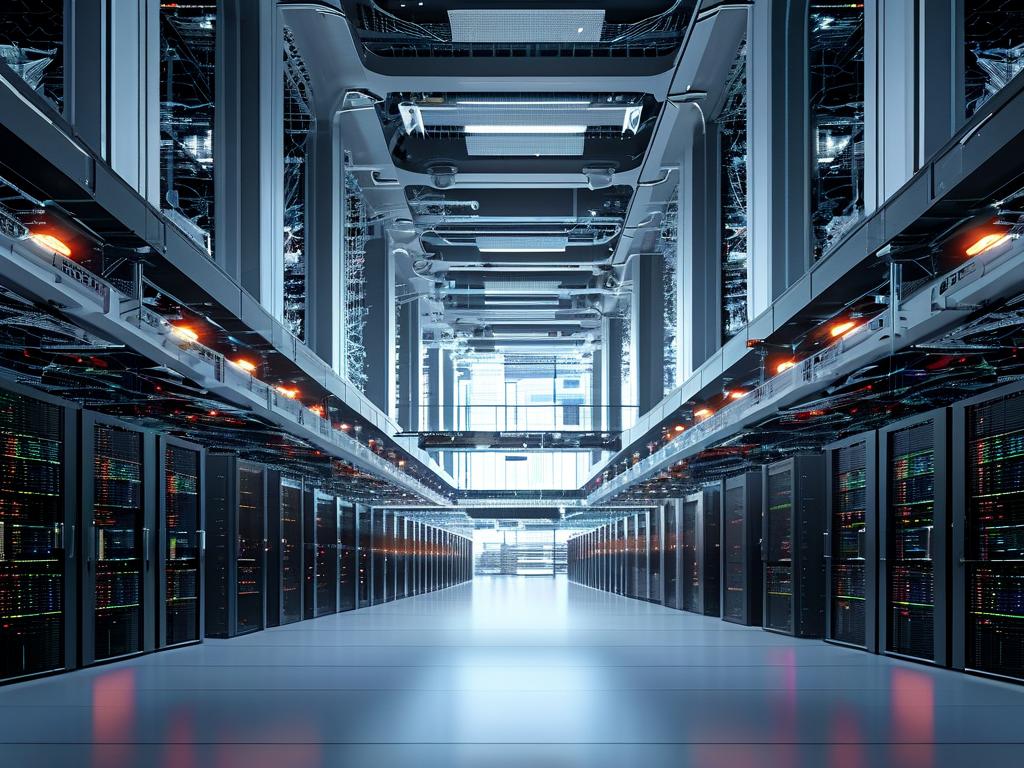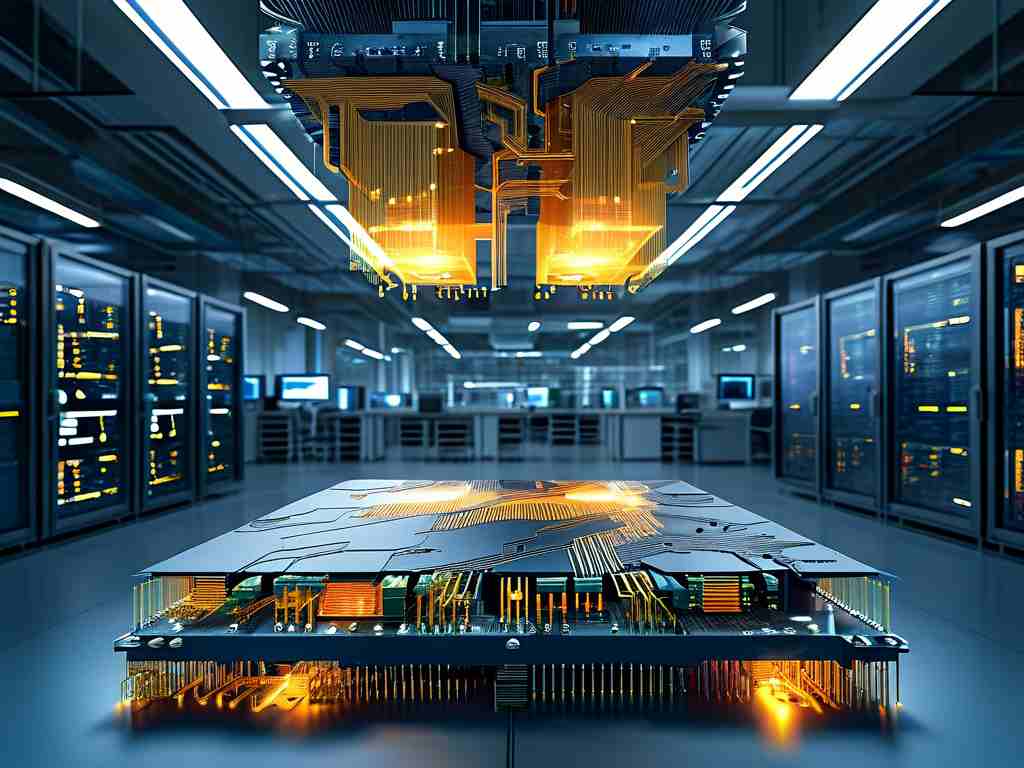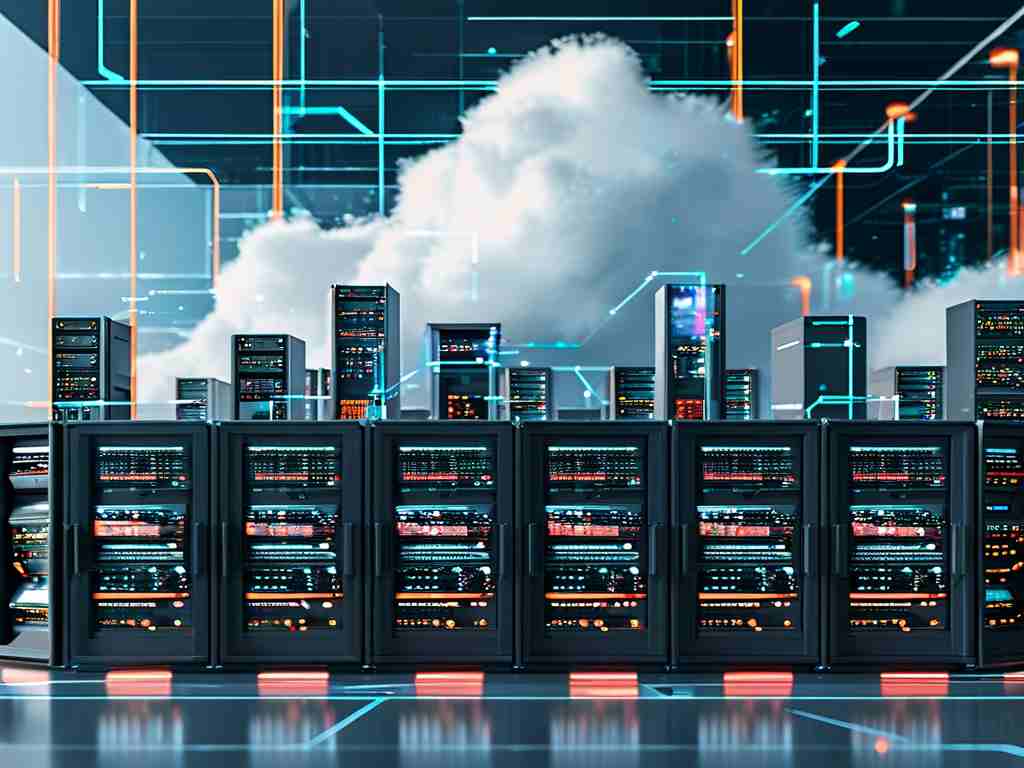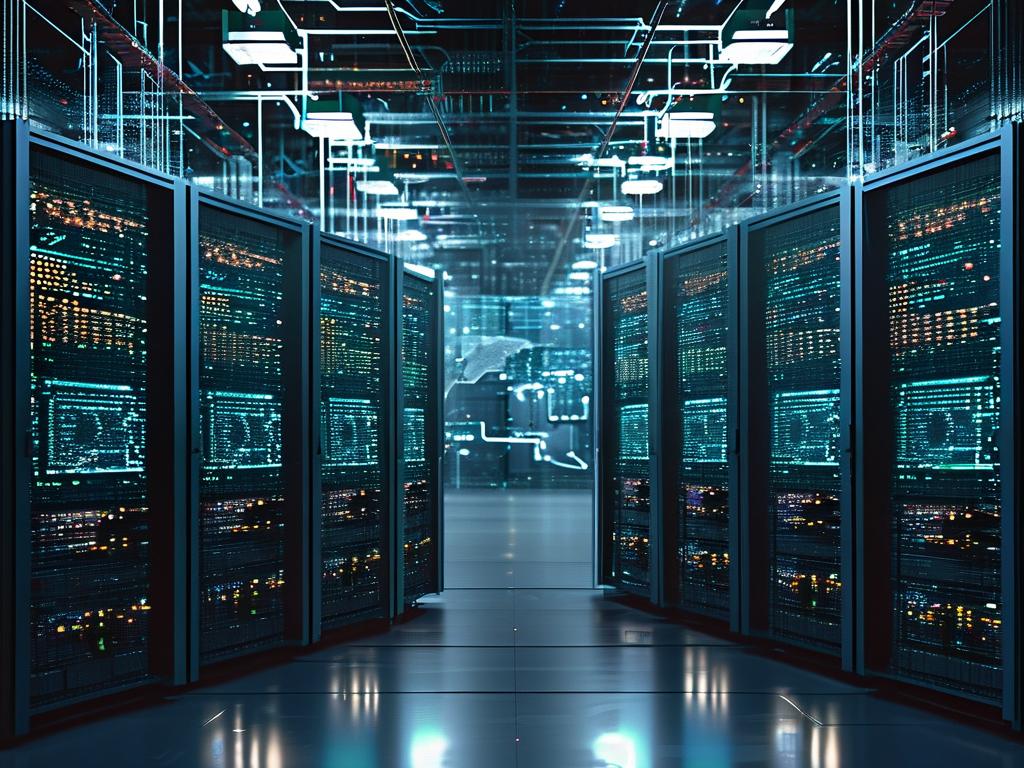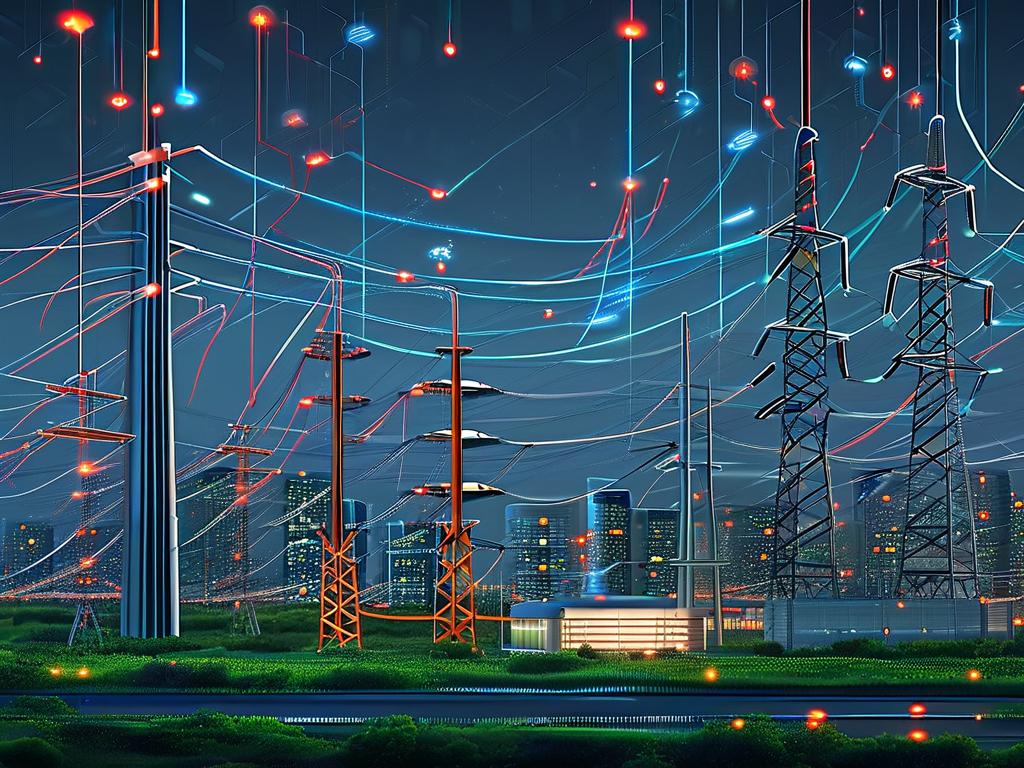The evolution of artificial intelligence has necessitated advanced computing frameworks capable of processing massive datasets and complex models. At the heart of this transformation lie distributed computing architectures supported by AI accelerators – specialized hardware designed to optimize machine learning workloads. These systems combine parallel processing, intelligent resource allocation, and hardware-level optimizations to address the growing demands of modern AI applications.
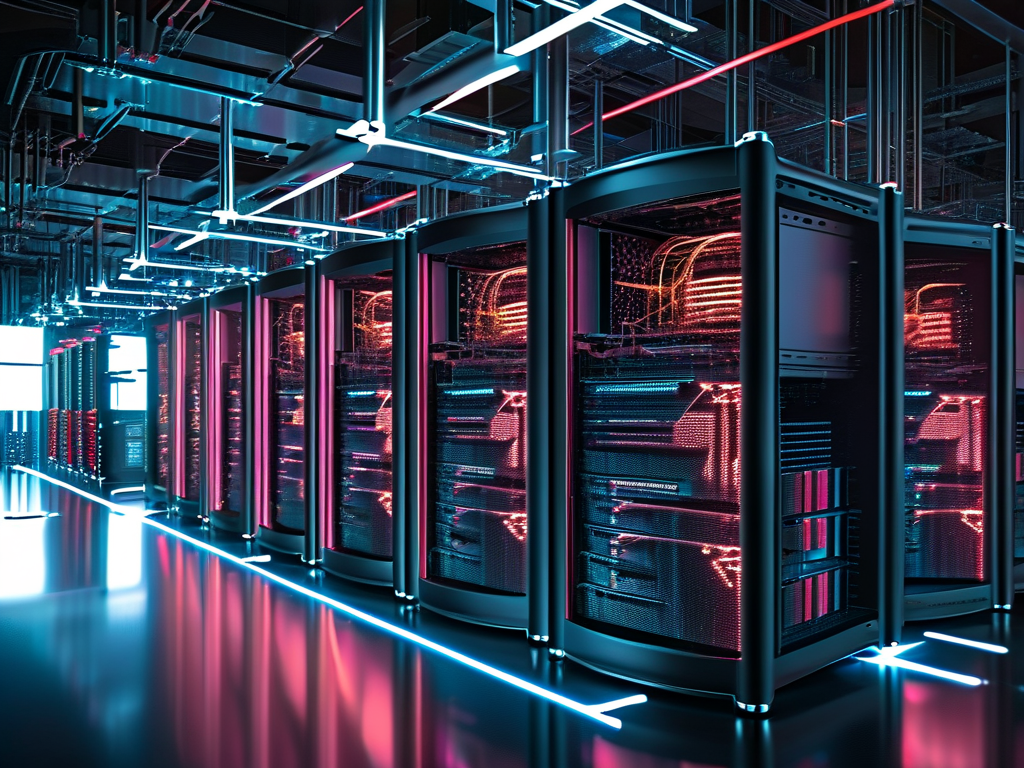
Core Architectural Paradigms
Three primary architectural models dominate AI-accelerated distributed systems:
-
Data-Parallel Frameworks
These architectures distribute training data across multiple nodes while maintaining synchronized model updates. AI accelerators like GPUs or TPUs process partitioned datasets simultaneously, with frameworks such as TensorFlow Federated or Horovod managing gradient synchronization. A key innovation in this space involves hybrid communication protocols that balance bandwidth efficiency with update consistency, particularly useful for large language model training. -
Model-Parallel Systems
For models exceeding the memory capacity of individual accelerators, architectures like Microsoft’s DeepSpeed or NVIDIA’s Megatron-LM partition neural networks across devices. Advanced memory optimization techniques, including activation checkpointing and pipeline parallelism, enable efficient execution of billion-parameter models. Recent implementations incorporate dynamic load balancing to adapt to varying computational requirements across network layers. -
Hybrid Task-Partitioning Architectures
Emerging designs combine data and model parallelism with specialized accelerator orchestration. Google’s Pathways system exemplifies this approach, employing a dynamic execution scheduler that maps computational tasks to available accelerators based on real-time resource utilization. Such systems often integrate heterogeneous hardware pools containing both general-purpose GPUs and domain-specific ASICs.
Role of AI Accelerators
Specialized processors significantly enhance distributed architectures through:
- Compute Density Optimization: Custom matrix multiplication units in TPUs accelerate tensor operations critical for neural networks
- Energy-Efficient Execution: Architectures like Graphcore’s IPU reduce power consumption through in-memory computing designs
- Low-Latency Communication: NVLink and CXL interconnects in modern GPUs enable high-speed data exchange between accelerators
A notable case study involves climate modeling systems where FPGA-based accelerators process fluid dynamics simulations 18× faster than traditional CPU clusters while maintaining 92% energy efficiency.
Implementation Challenges
Deploying these architectures presents multiple hurdles:
- Synchronization Overhead: Distributed training requires careful management of communication latency, particularly in cross-region deployments
- Heterogeneous Compatibility: Integrating diverse accelerator types (e.g., TPU pods with GPU servers) demands abstraction layers like OpenXLA
- Fault Tolerance: Maintaining consistency during multi-node failures remains an active research area, with solutions like parameter server snapshots gaining traction
Future Directions
Next-generation architectures are exploring:
- Photonics-Based Interconnects for terabit-speed accelerator communication
- Neuromorphic Co-Processors that blend event-driven computing with conventional ML workloads
- Federated Learning Ecosystems combining edge accelerators with centralized orchestration
Industry benchmarks reveal that optimized AI-accelerated distributed systems can achieve 94% linear scaling efficiency across 512 nodes when training transformer-based models, compared to 78% in conventional GPU clusters.
Practical Considerations
When implementing these architectures:
- Profile workload characteristics to match accelerator capabilities
- Implement quantization-aware distributed training pipelines
- Leverage compiler stacks like MLIR for hardware-agnostic deployment
- Monitor thermal dynamics in dense accelerator deployments
The integration of AI accelerators with distributed computing frameworks continues to redefine performance boundaries in machine learning. As models grow in complexity and datasets expand exponentially, these architectures will play a pivotal role in enabling sustainable AI advancement. Recent developments in wafer-scale accelerators and 3D-stacked memory hierarchies suggest even greater efficiency gains in the coming years, potentially enabling real-time training of trillion-parameter models across global compute infrastructures.



